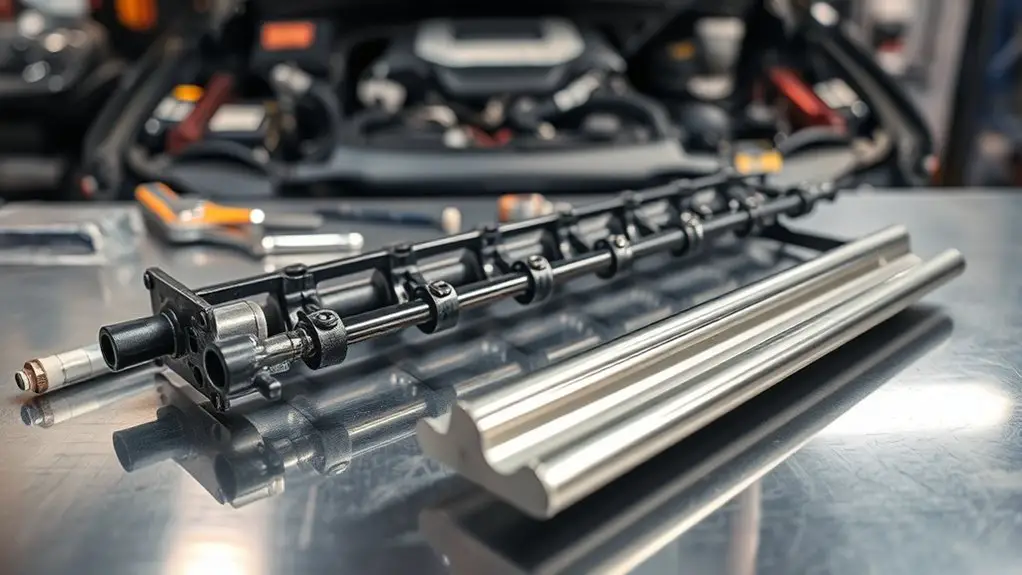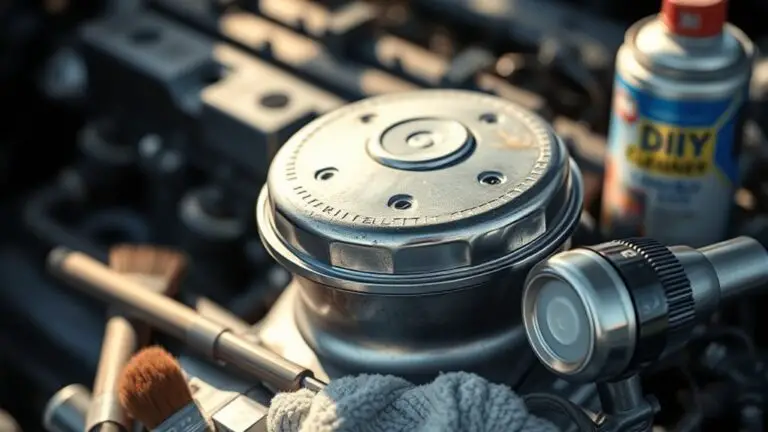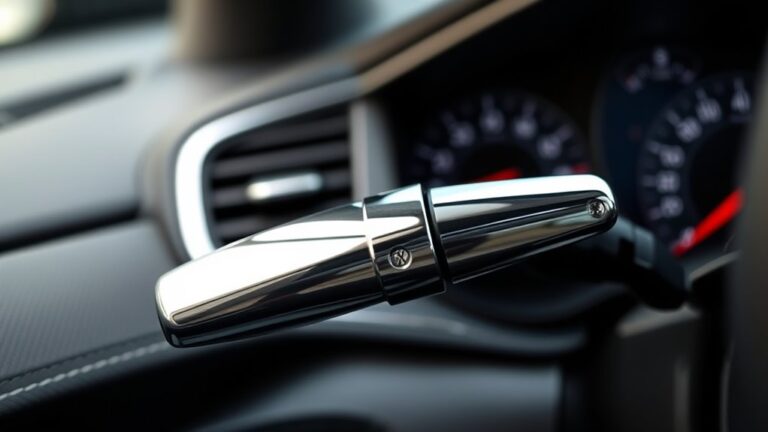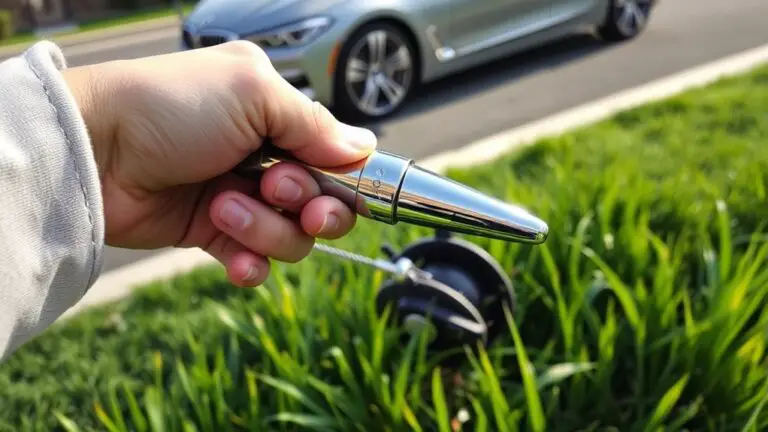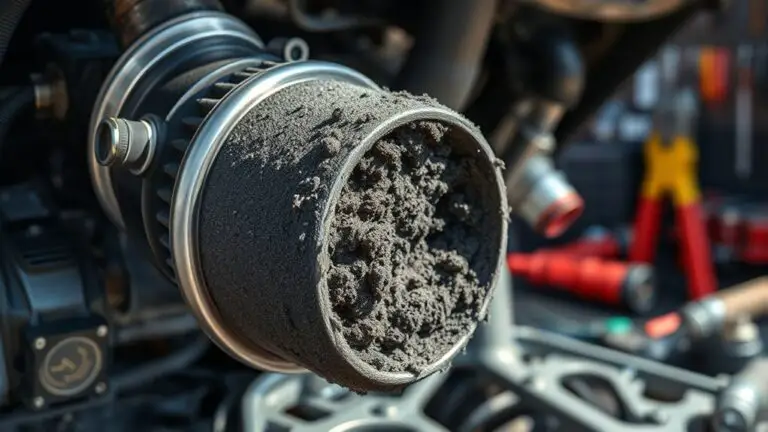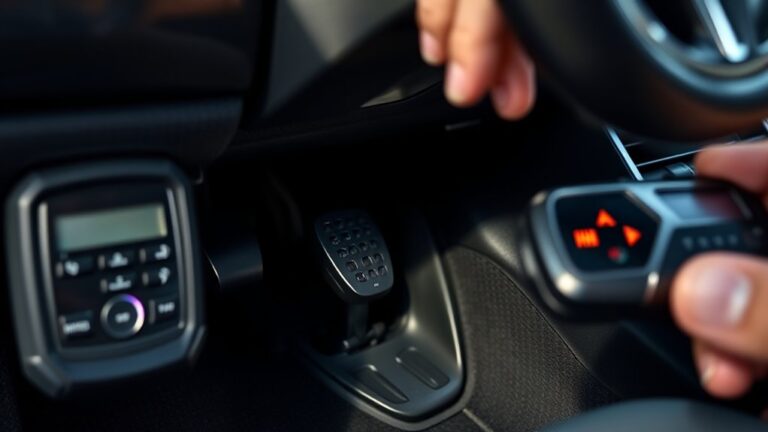Cost Guide: Repairing Fuel Rail Issues Vs Replacement
When you’re weighing repair versus replacement for fuel rail issues, start with whether core components and seals are sound. Repairs suit localized faults like faulty injector ports or leaky seals, offering lower costs, faster turnaround, and calmer calibration. Replacements apply when corrosion or extensive damage is present. Break down costs by labor intensity, diagnostic steps, and part quality to compare total spend. Consider long‑term durability, warranties, and potential rework—more details await to guide a confident choice.
Common Fuel Rail Issues You Might Encounter
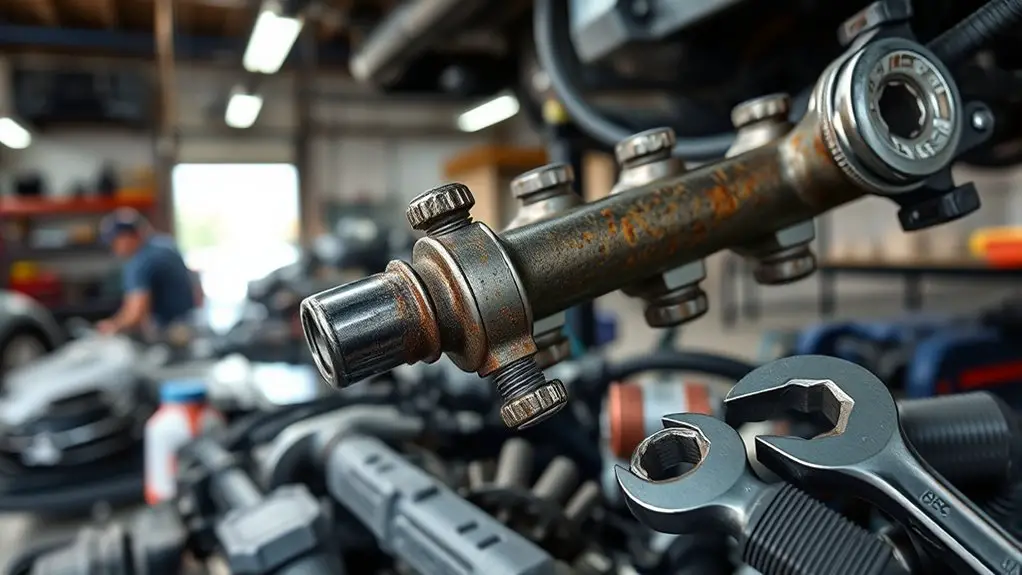
Common fuel rail issues typically stem from leaks, clogging, or faulty pressure regulation, which can lead to hard starts, misfires, or poor engine performance. You’ll focus on diagnosing symptoms, then map your path to a clean, reliable system. Fuel rail leaks show up as wet hotspots around fittings, rail joints, or injector seals, with fuel smell or dampness under the hood. If you detect leaks, isolate the source, depressurize safely, and replace or reseal affected components to restore integrity. Injector misfires arise when spray patterns degrade or flow becomes uneven, causing cylinder imbalance and rough running. Verify with injector balance tests, listening for ticking in quiet drives, and confirm electrical resistance matches spec. Clogged passages reduce flow, raising rail pressure variability and starving cylinders at load. Use professional-grade cleaners only when compatible with your system, or perform targeted cleaning of injectors and rails. Prioritize secure connections, proper torque, and validated seals to maintain consistent pressure and performance.
When to Consider Repair Over Replacement
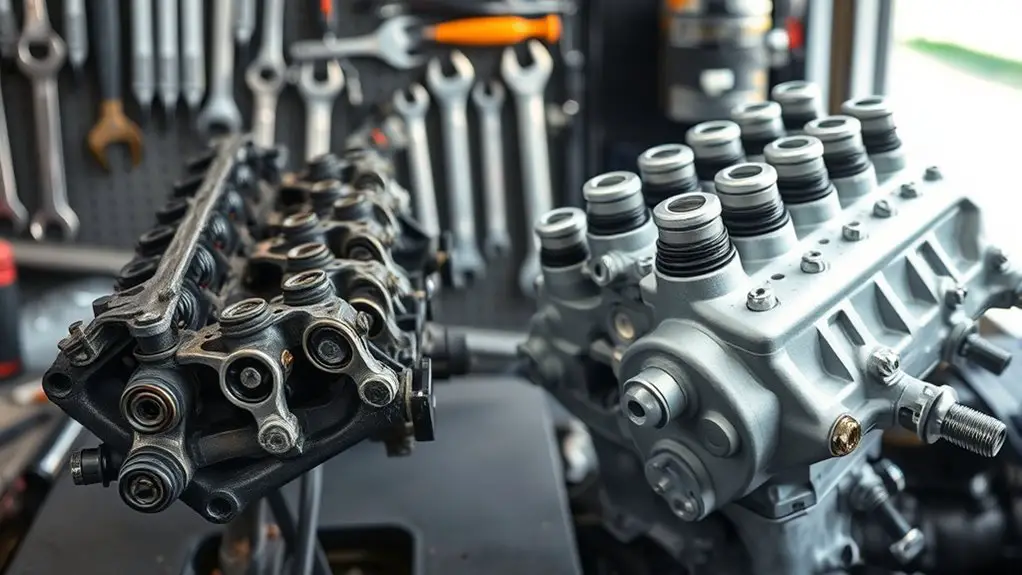
Repair is worth considering when the fuel rail’s core components remain structurally sound, seals are intact, and performance loss is incremental rather than catastrophic. You should evaluate repair when the issue is localized—a faulty injector port, a leaky seal, or minor flow restriction—and the base assembly remains serviceable. In this scenario, the repair benefits include lower immediate cost, faster turnaround, and preserved system familiarity, reducing risk associated with unexpected calibration shifts. A targeted fix can restore proper fuel delivery, maintain fuel pressure stability, and avoid fuel trim uncertainties that accompany full replacement. However, beware replacement drawbacks: higher upfront expense, longer downtime, and potential compatibility challenges with sensors or rails. If diagnostic data show durable metallurgy, clean flow paths, and compatible seals, repair keeps your options open for future remediation. Balance reliability, cost, and downtime, and document the decision to guarantee traceability for future maintenance.
Cost Breakdown: Labor Vs Parts for Repairs
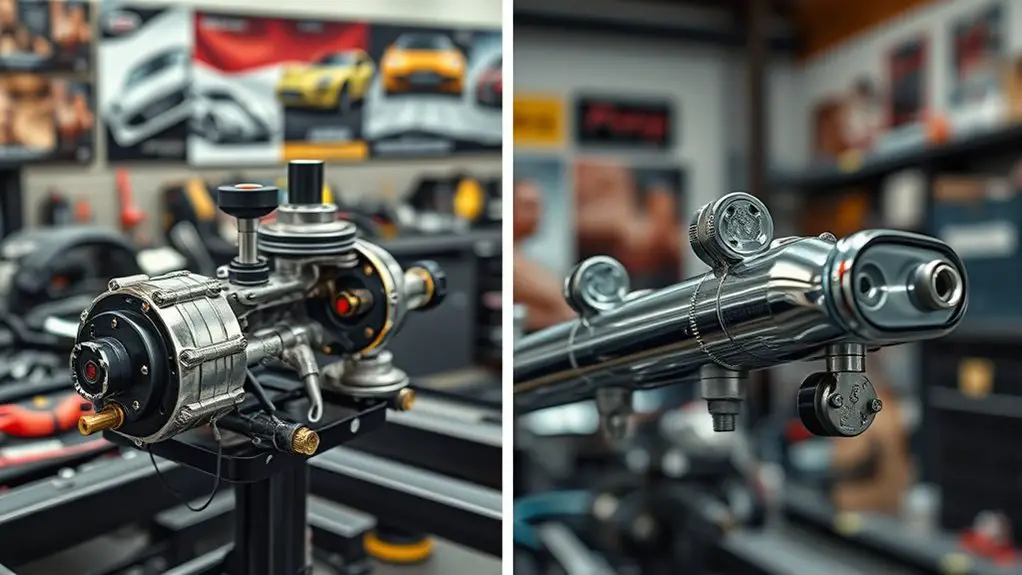
When estimating a fuel rail repair, you’ll want to separate labor costs from parts costs to reveal where savings or overruns are likely. In this breakdown, you focus on repair techniques that reduce downtime and preserve fuel-system integrity. Expect labor rates to reflect complexity, access, and risk, not just time on the wrench. Break the job into discrete tasks: diagnostic verification, component cleaning or isolation, and controlled reassembly. Document each step’s duration and required tools, measuring against standard repair specifications. For repairs, labor intensity rises with port access, fuel pressure management, and need for precision calibration of rail sensors. Parts costs hinge on the exact defect, whether it’s a valve, rail, or connector, plus any gaskets or seals affected by removal. Use a conservative margin for fasteners and o-rings subject to reuse policies. Compare total labor hours to shop benchmarks and apply target labor rates to validate projected costs before proceeding.
Cost Breakdown: Labor Vs Parts for Replacements
If you’re replacing a fuel rail, separate labor from parts to reveal true cost drivers and guarantee the plan stays on track. You’ll quantify labor rates by task phase: removal, inspection, replacement, and reassembly, then map each to specific durations. This clarity prevents hidden bill surprises and supports schedule reliability. For parts, assess quality levels explicitly: components, fasteners, seals, and any required accessories. Compare parts quality tiers against warranty expectations, performance targets, and risk tolerance; this exposes where premium pricing yields tangible reliability gains. Document labor efficiency metrics, such as average labor hours per connector or per rail, to identify process optimizations. Pricing should reflect consistent shop rate structures, not vague estimates. Integrate a failure-mode checklist to validate whether labor time is justified by anticipated durability. In sum, a disciplined breakdown of labor rates and parts quality creates a defensible, transparent replacement plan that aligns with your freedom to demand precise, outcome-focused execution.
Long-Term Considerations and Hidden Costs
To avoid unforeseen spend, you should account for durability, warranty implications, and lifecycle costs beyond the initial repair or replacement. In long-term thinking, you evaluate material quality, corrosion resistance, and seal integrity, since failures often recur if subpar parts are used. Consider warranty coverage: how it attaches, what qualifies as a labor vs. part claim, and whether a retrofit affects eligibility. Lifecycle costs hinge on preventative maintenance, diagnostic intervals, and coolant or fuel-spec alignment, which influence reliability and downtime. You’ll want a robust risk assessment that names potential hidden expenses: rework, return trips, and extended shop time. Plan for long term savings by selecting components with proven endurance, documented performance, and supplier support. This approach minimizes unexpected expenses and supports operational freedom: fewer surprises, steadier performance, and predictable maintenance windows that align with your fleet or project timeline.
Frequently Asked Questions
How Long Does a Fuel Rail Repair Typically Take?
Fuel rail repairs typically take a few hours, depending on access and damage. You’ll see repair timeframes in the 2–5 hour range for common fixes, with longer durations if parts replacement or fuel system mitigation is required. Repair complexity varies by vehicle design and whether ancillary components need service. You should factor in diagnostic time, potential reassembly checks, and calibration. If uncertainty remains, consult a service manual to confirm exact steps and total expected duration.
Is a Used Fuel Rail a Viable Option?
Used fuel rail can be viable if you’re budget-conscious and understand risks; it’s not always recommended. You’ll weigh benefits like cost savings against drawbacks such as uncertain history, potential leaks, and shorter remaining life. Consider compatibility with your model, fuel system condition, and testing. If you pursue it, insist on a verified replacement or clean, tested unit, and plan for inspection. You’ll likely save upfront but may pay later for reliability and performance.
What Are Warranty Terms for Repairs Vs Replacements?
Warranty terms vary by provider, but you typically get coverage for defects in workmanship and materials on repairs or replacements, with specific durations. You’ll often see shorter terms for repairs and longer for complete replacements. Watch for repair limitations like rework only if the issue reoccurs within a set period, and exclusions for improper maintenance or aftermarket parts. Verify warranty coverage details, claim procedures, and transferability are clearly stated before you decide.
Do Fuel Rails Impact Engine Performance After Repair?
Do fuel rails affect engine performance after repair? Yes, properly repaired fuel rails restore precise pressure and flow, sustaining peak power and smooth idling. If seals or regulators aren’t corrected, you’ll see erratic fuel delivery, reduced power, and potential misfires. With correct repair, you maintain fuel efficiency and engine reliability, plus consistent throttle response. You’ll gain confidence in a tuned system, empowered by accurate diagnostics and durable components designed for long-term performance.
Can DIY Repair Save More Money Than Professional Service?
Yes, DIY repair can save you money, especially if you’re careful and informed. You’ll capture DIY advantages like lower labor costs and faster turnaround, boosting Cost savings when you handle straightforward fixes. However, risks exist: incorrect seals, fuel-line damage, or misdiagnosis can negate savings and threaten safety. If you’re confident in measurements, torque specs, and proper tools, you’ll maximize DIY advantages; otherwise, consider professional service for complex or high-pressure fuel rail work.

